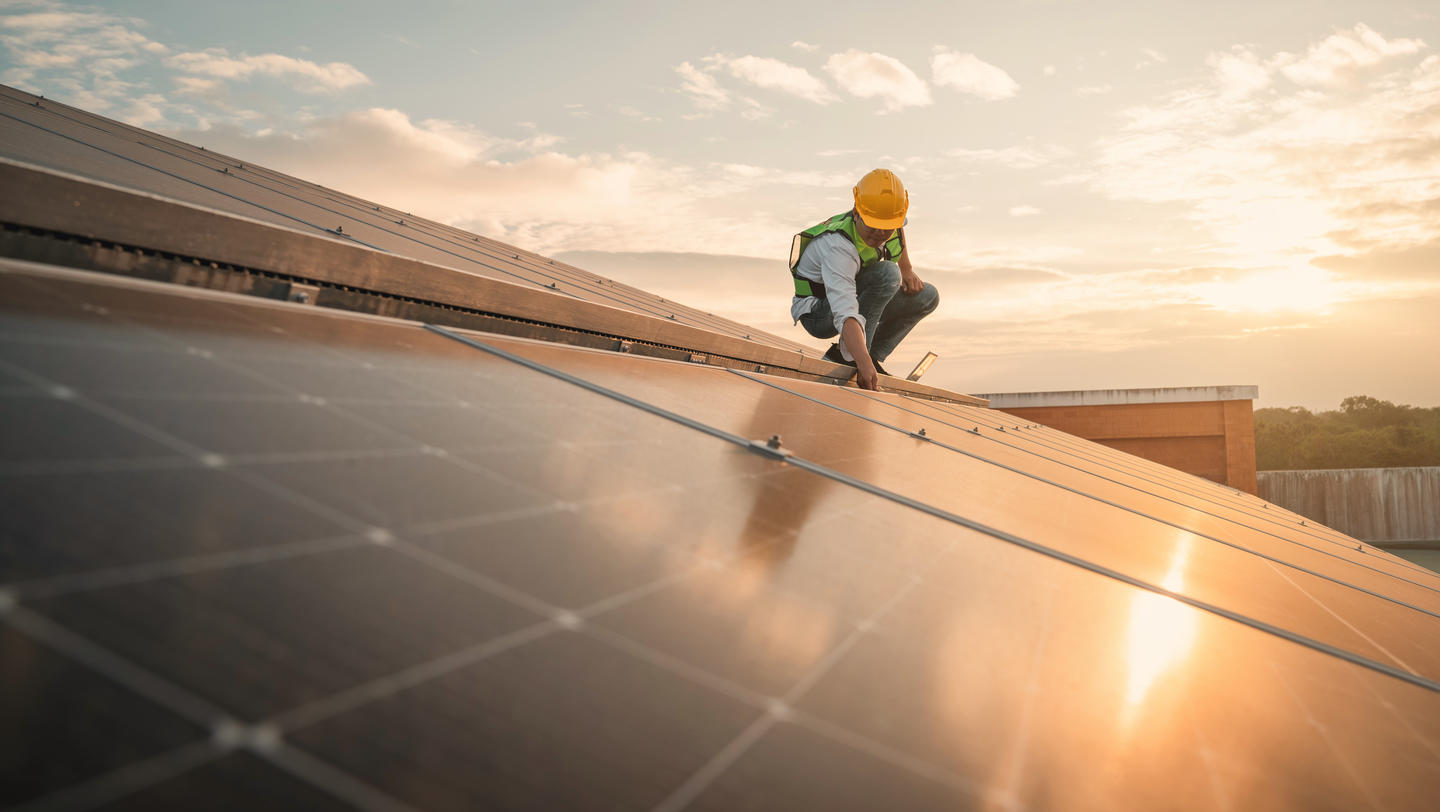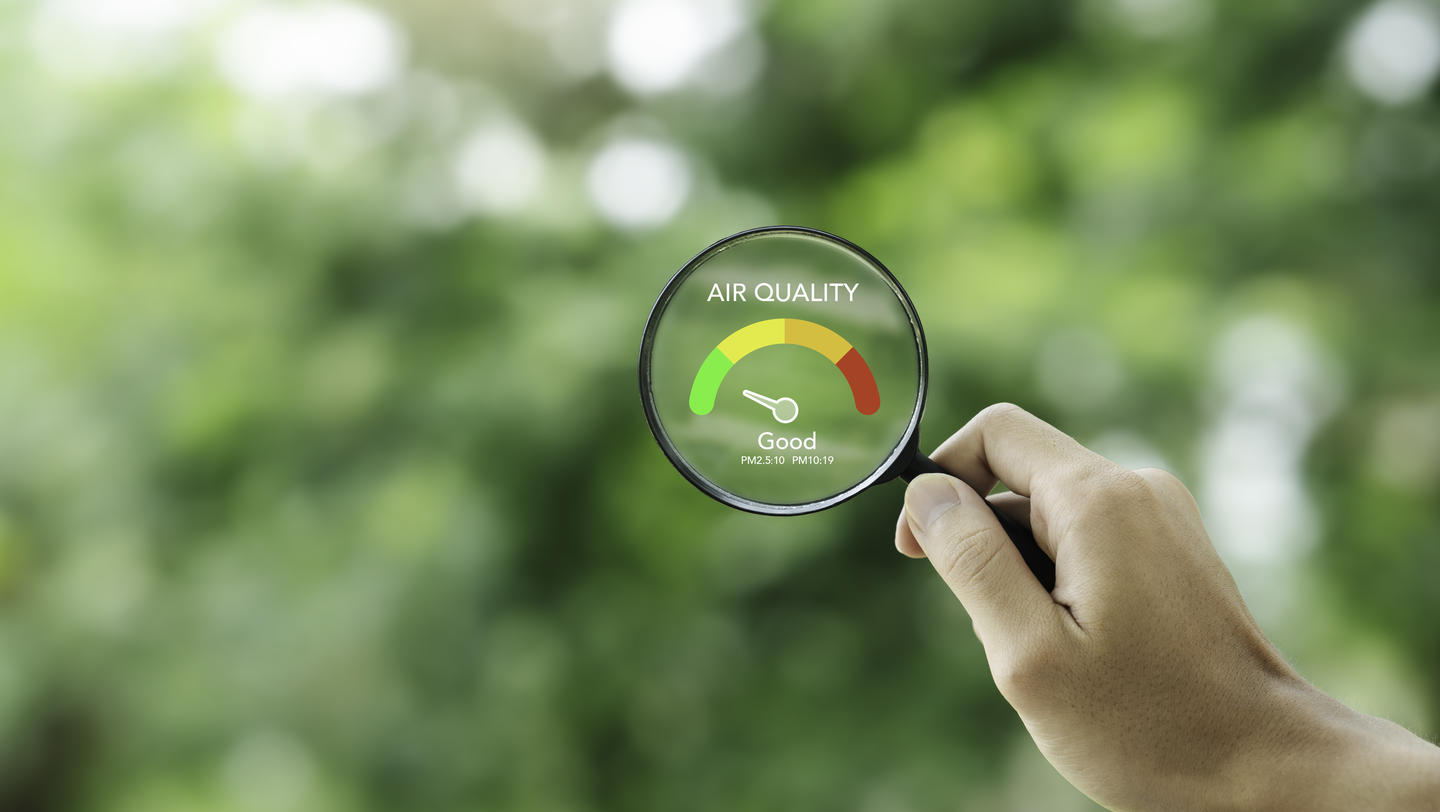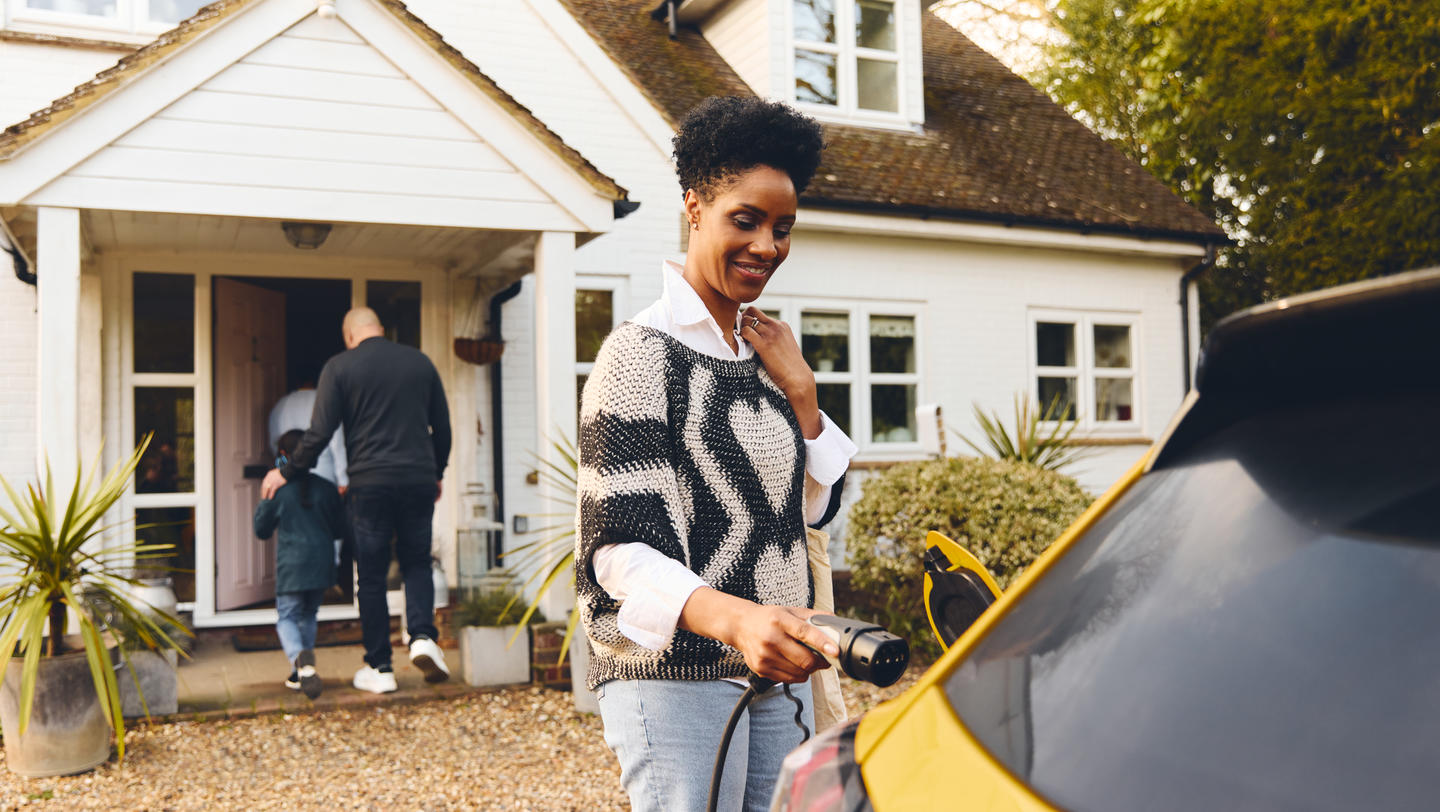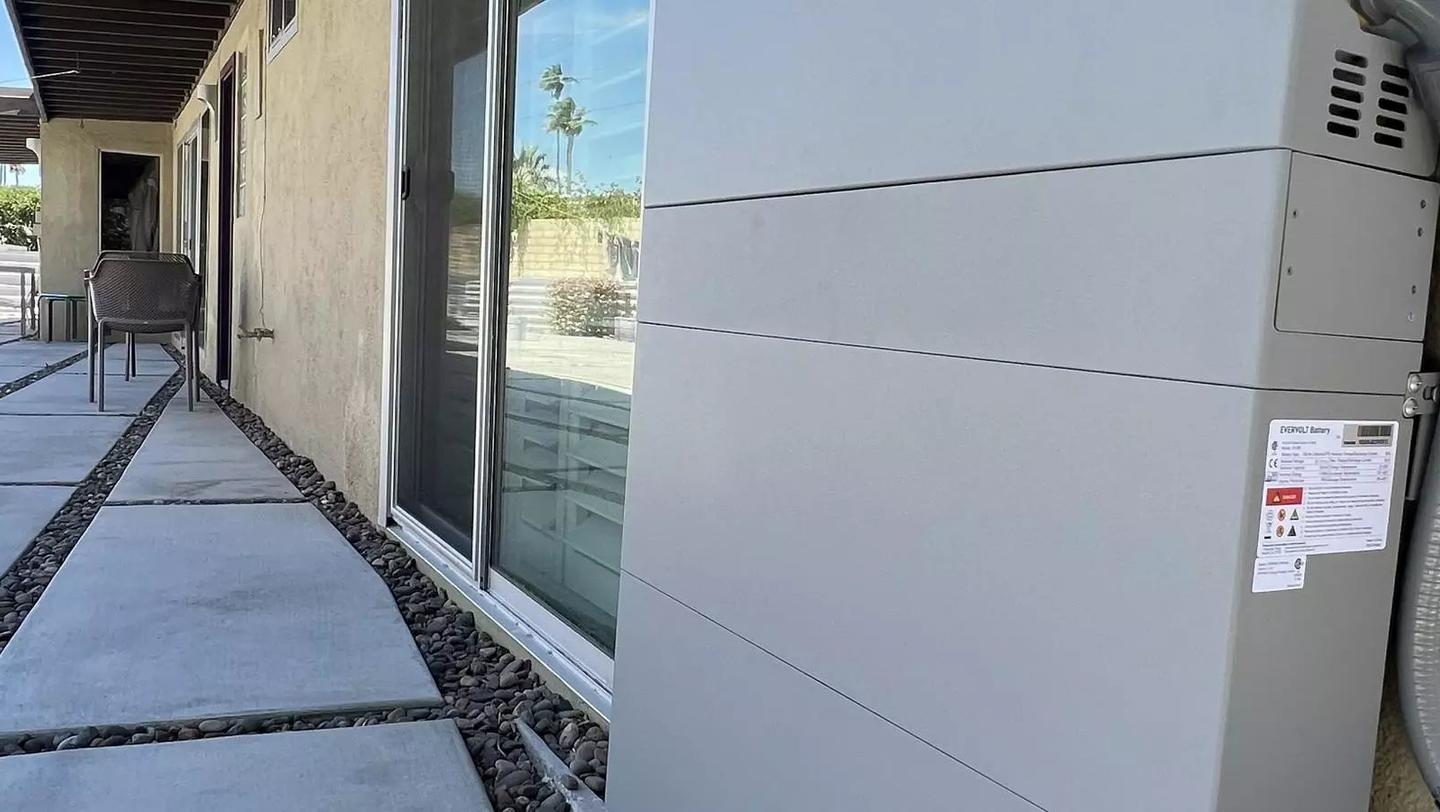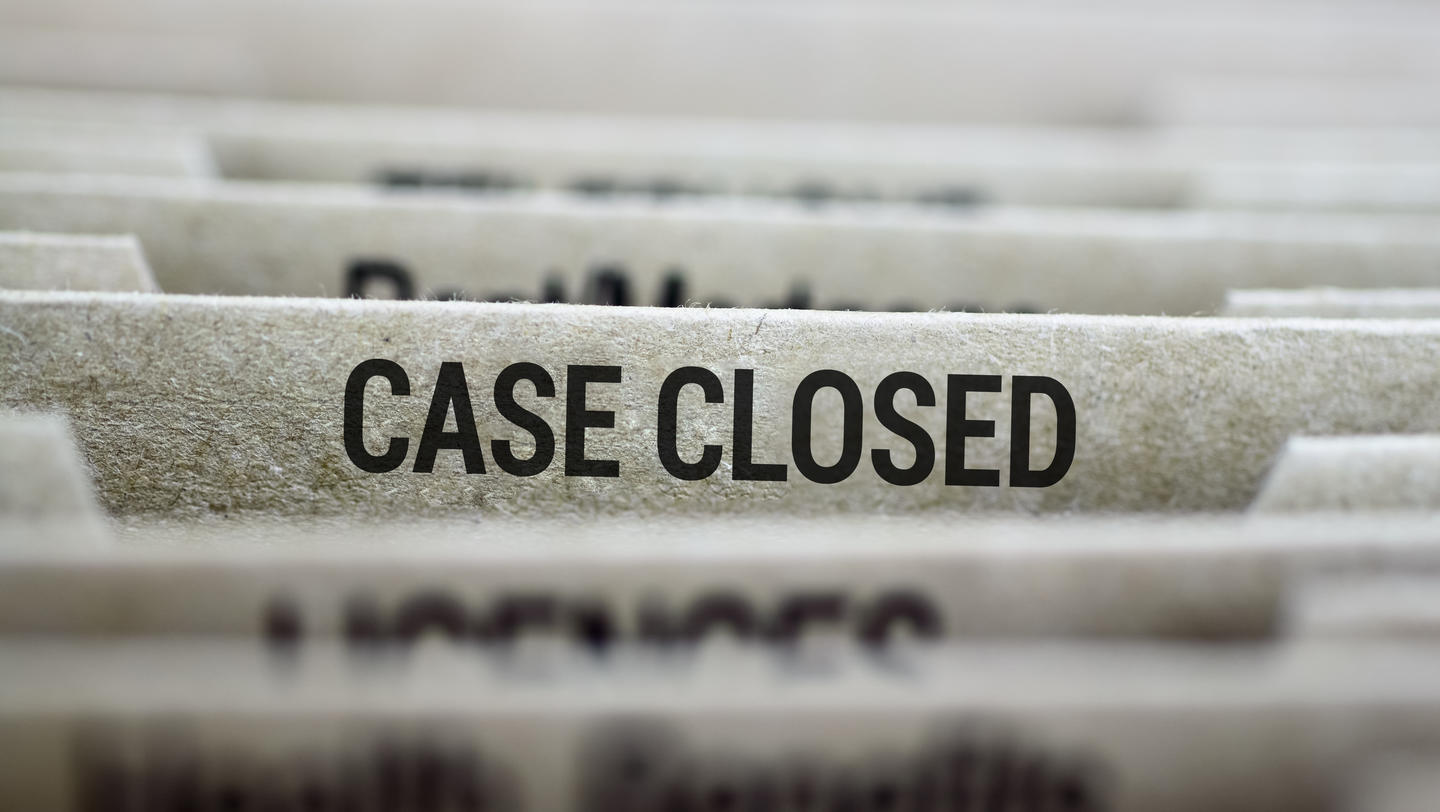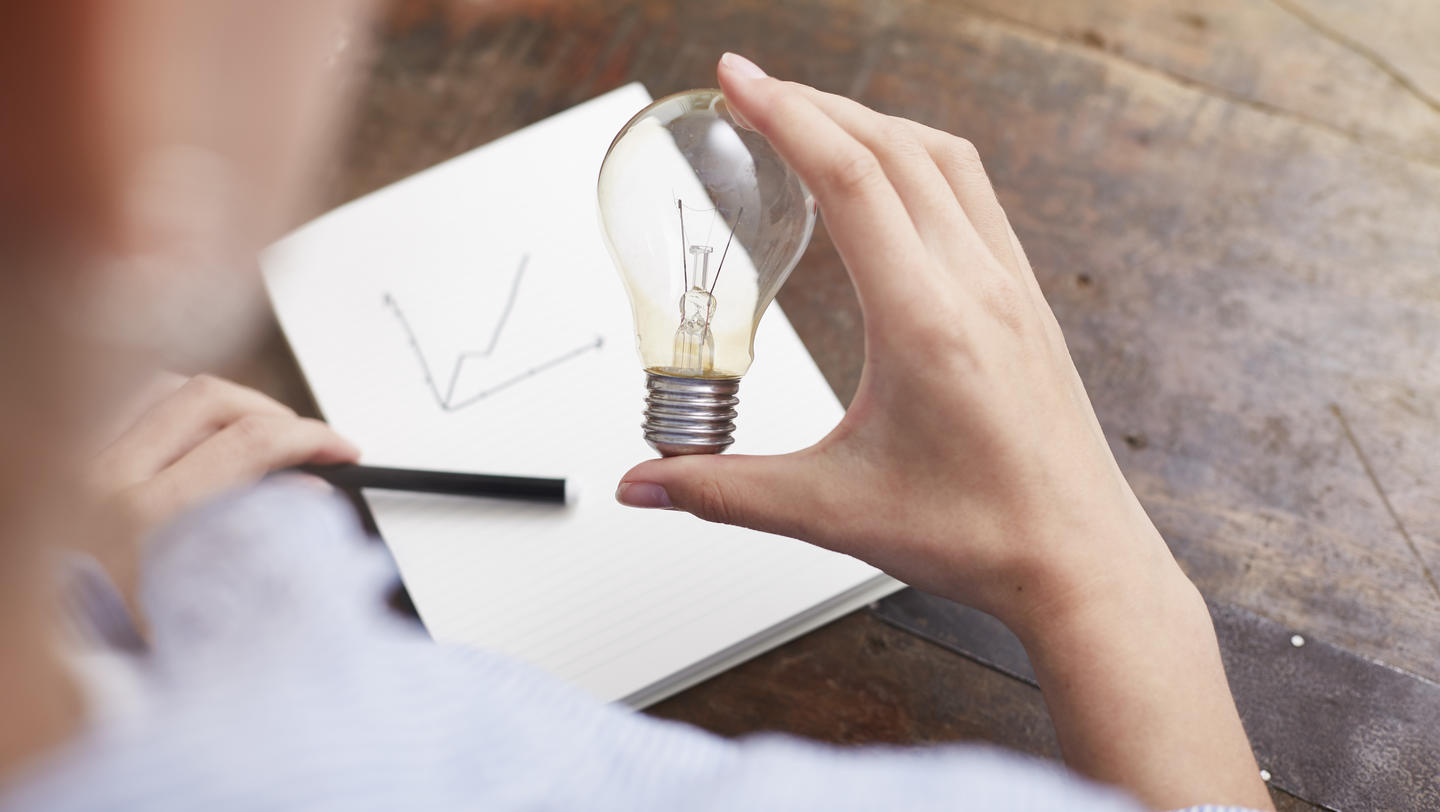On Ducks and Electricity: How Batteries Are Making Solar a Bigger Part of the Energy Future
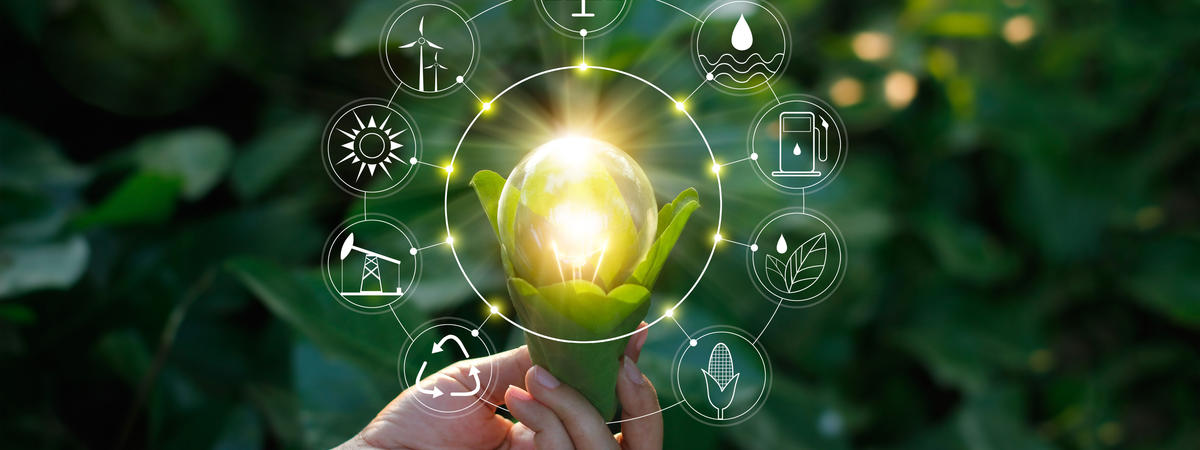
On Ducks and Electricity: How Batteries Are Making Solar a Bigger Part of the Energy Future
While its name – the duck curve – sounds pretty innocuous, it's a serious problem with integrating solar into the power grid. Two experts take a closer look at the duck curve and how energy-storage technology is the answer to unlocking its long-term potential to be a bigger part of the world's energy future.
A full transcript follows the video.
This video was recorded on Dec. 20, 2018.
Nick Sciple: Let's talk about some of the challenges that we're going to see in solar over time. The first thing I want to call out is called the duck curve. Traditionally, what we see with power generation is that it starts to tick up after the sun rises, folks go to work. It rises throughout the day while people are at work, then reaches a peak right after folks go home, say, six, seven. Folks are home making dinner, turn on the air conditioning, all those sorts of things. The duck curve is that middle of the day where we start to see a surge or increase in energy demand. Once you get a certain amount of solar into your grid, you start to see demand from your traditional energy sources, whether it's hydrocarbons or otherwise, really start going down. The sun goes up during the day, you reach your peak of solar production, so you don't need to use another energy source.
Where it becomes an issue is when the sun goes down and that solar power rolls off the grid, you really have to ramp up very quickly your hydrocarbon or other energy-producing sources to meet that demand. It's led to some complications for utilities navigating how to shift between those demands, particularly with energy sources, say, like coal, that are really difficult to bring on quickly intraday.
Jason Hall: Yeah, especially coal. These baseload power generation facilities, these legacy facilities, were never intended to be able to handle these really quick surges like that. They just weren't built to be able to do that. This has been a major challenge, it really has.
The thing with the duck curve that's interesting is that, if you go back four or five years ago when this first started becoming a major concern, especially where I live here in California where we have a massive amount of solar, huge populations, so it's really the perfect environment for something like the duck curve to happen and to be a problem, batteries weren't even really on the radar as a long-term solution. But the technology has improved as global scale of manufacturing batteries has grown and the costs have come down. It's really become an interesting potential solution. Energy storage, great big batteries, as Elon Musk has called it, has an amazing amount of power to fill this need.
I think it's gotten to a point now where you have utilities that are even looking at using battery storage as a solution instead of building a peaker plant. So, instead of building a small natural gas plant that can quickly surge to meet those quick peak demands, bringing in a battery storage system that's capturing power even from carbon sources, maybe getting power from a coal plant that's charging batteries during the day, if that just happens to be your cheapest incremental source of electricity. Then, using those batteries instead of a peaker natural gas plant to meet that surge demand. It's really interesting what we're seeing.
So, think about battery storage. In the near-term, you may see battery storage getting rolled out that's not even connected to renewables. It may be connected in the short-term, pulling power from the natural gas plant to meet those peak periods in demand. Over time, obviously, the long-term goal from a carbon reduction perspective is to tie it into solar and wind and capturing those resources that aren't on all the time, to meet those surges in demand. Watch the battery space really closely.
Sciple: Yeah, batteries are going to be very important to store that production we have during the day. Then, you mentioned the peaker plants for natural gas. That's one of those things where, as that gap filler fuel, natural gas serves a good role there because it's really easy to turn on, get production quickly, and turn your production off quickly. With coal, it's not economic unless you run it 24/7. You could say the same for nuclear. Bullish for both batteries and natural gas having a continued role in energy production over the long-term.
The Motley Fool has a disclosure policy.
This article was written by Motley Fool Staff from The Motley Fool and was legally licensed through the NewsCred publisher network. Please direct all licensing questions to [email protected].
![]()
